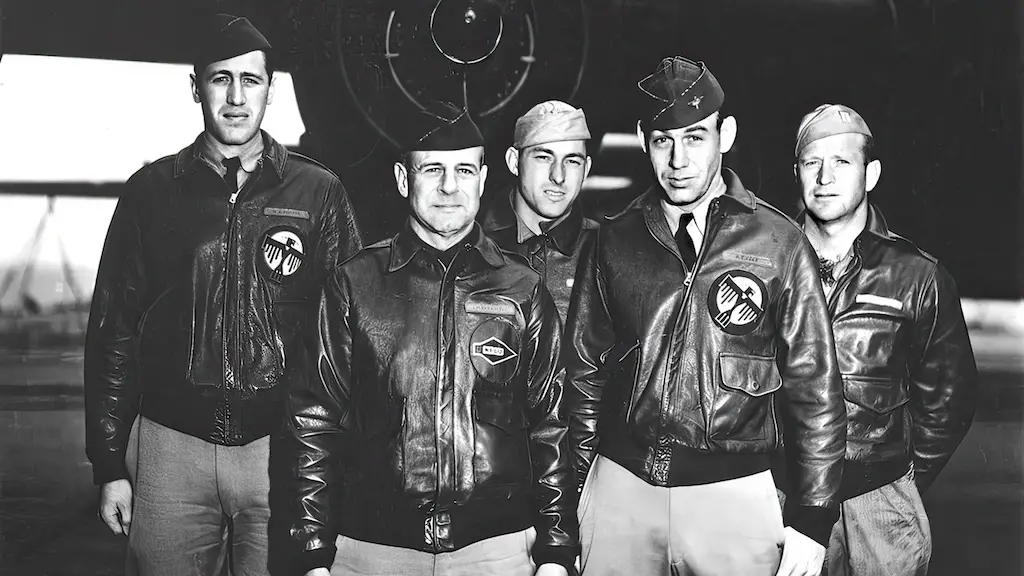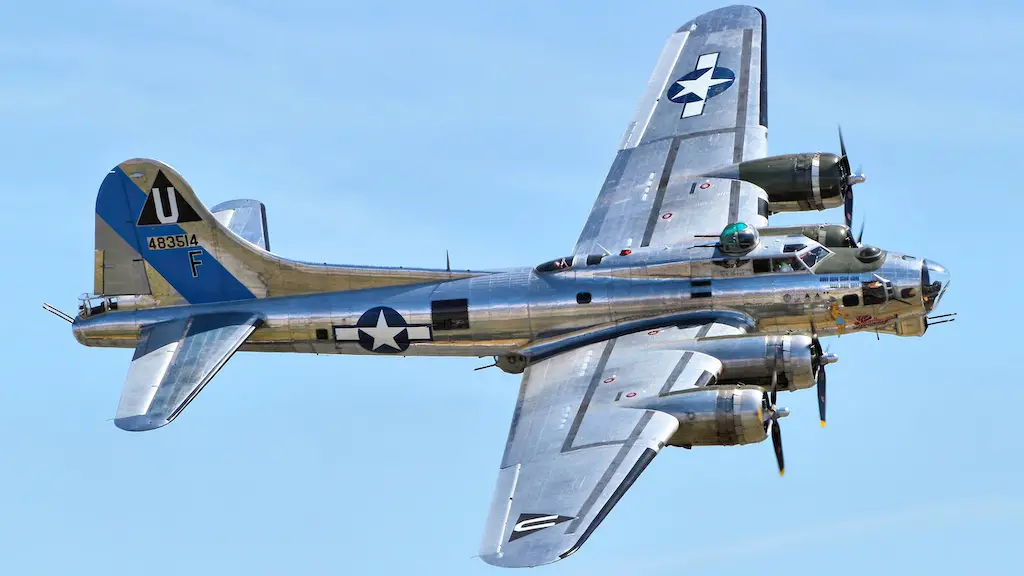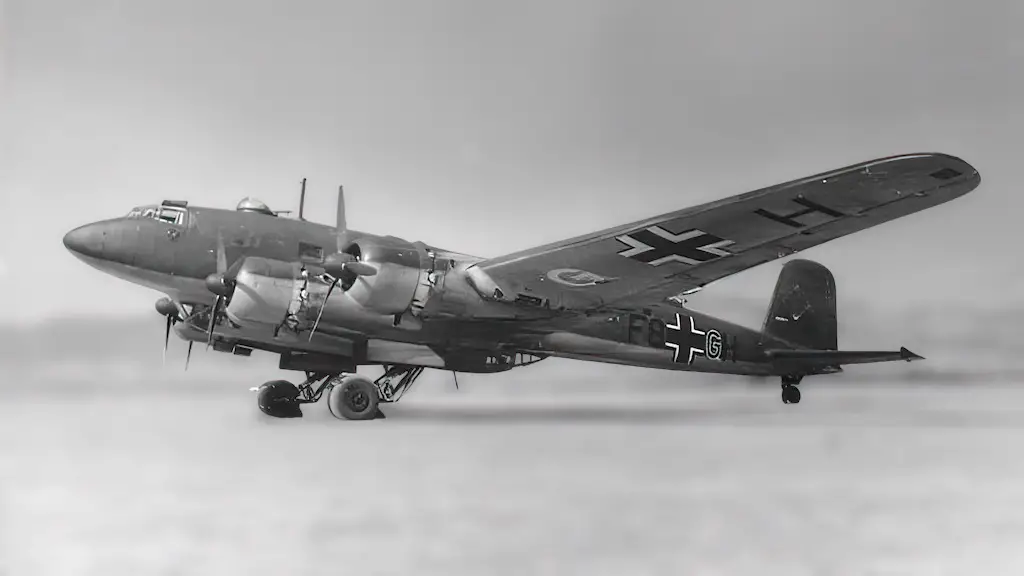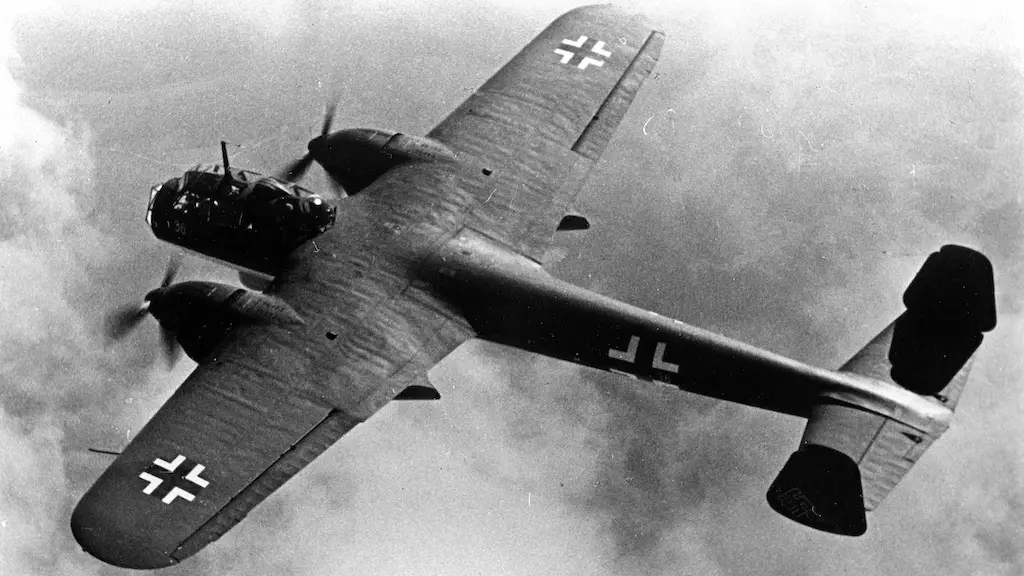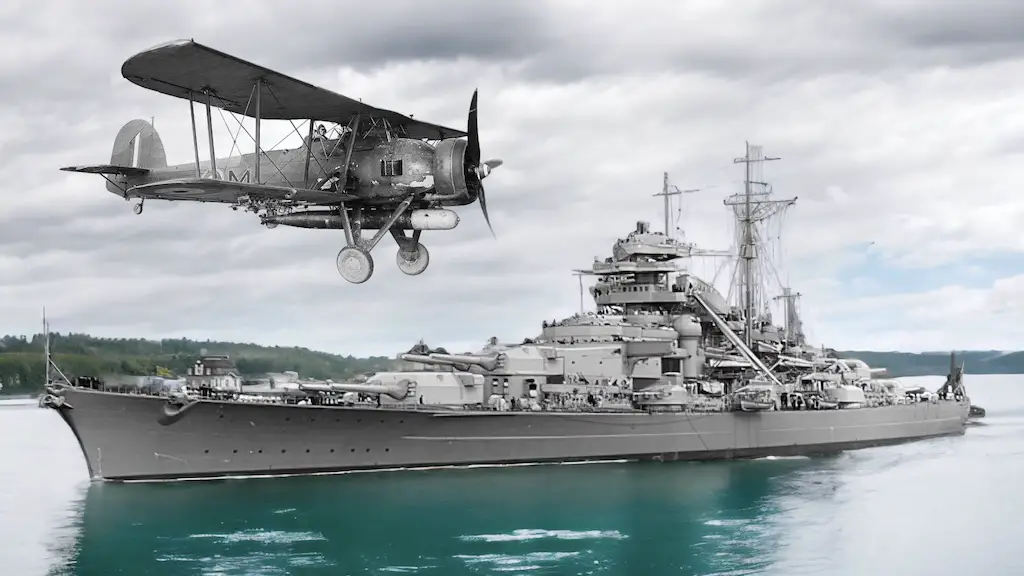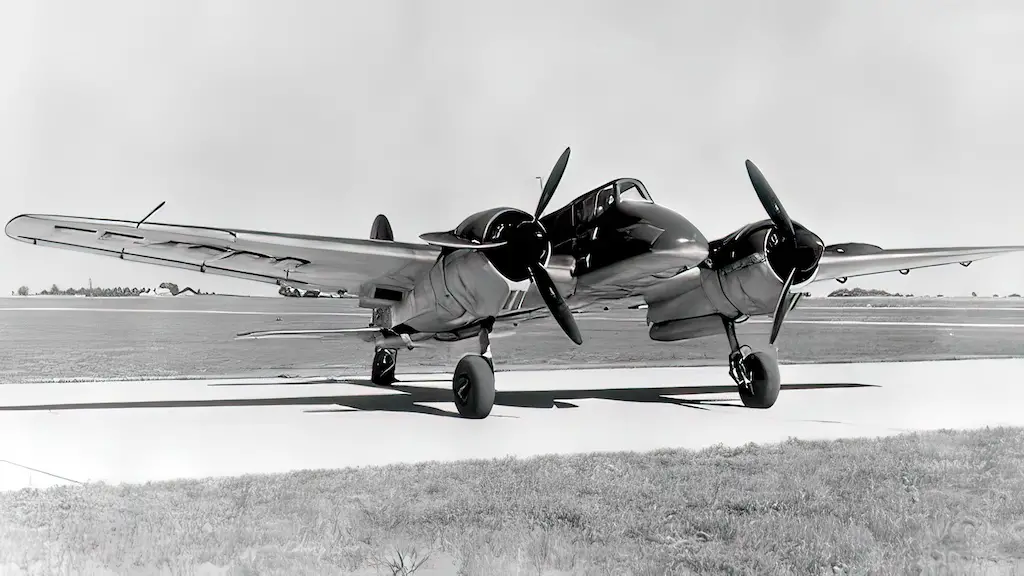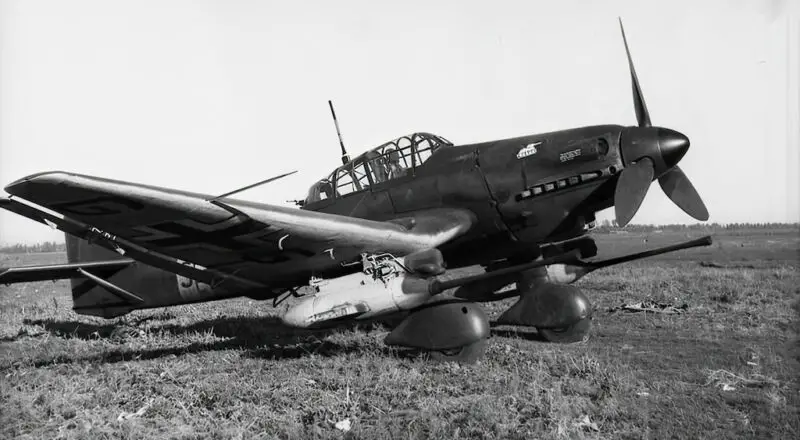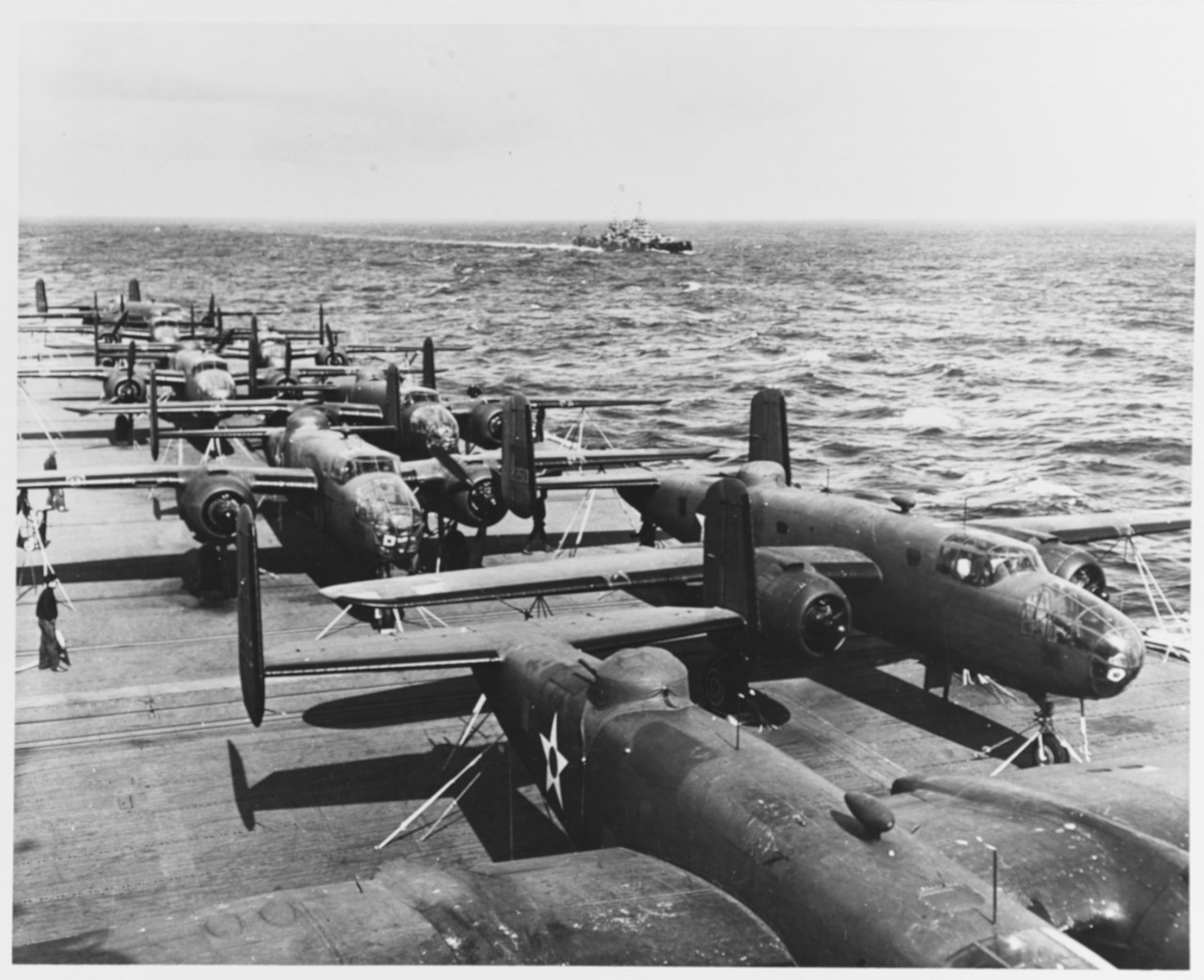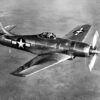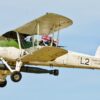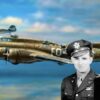Following the devastating Japanese raid on Pearl Harbor on December 7, 1941, Americans were desperate for revenge. Although it was clear that the country had to brace for a long and hard war and victory was nowhere in sight yet, something had to be done right now.
Bold and daring
Something bold and daring, bolstering spirits of the American public and servicemen, as well as painful and disturbing to the enemy. With that in mind, US military command started planning an airstrike on the mainland Japan in January 1942. The audacious raid involving the launch of long-range bombers from an aircraft carrier, was planned and carried out by Lt. Col. James H. Doolittle, USAAF, and Vice Adm. William F. Halsey, Jr.
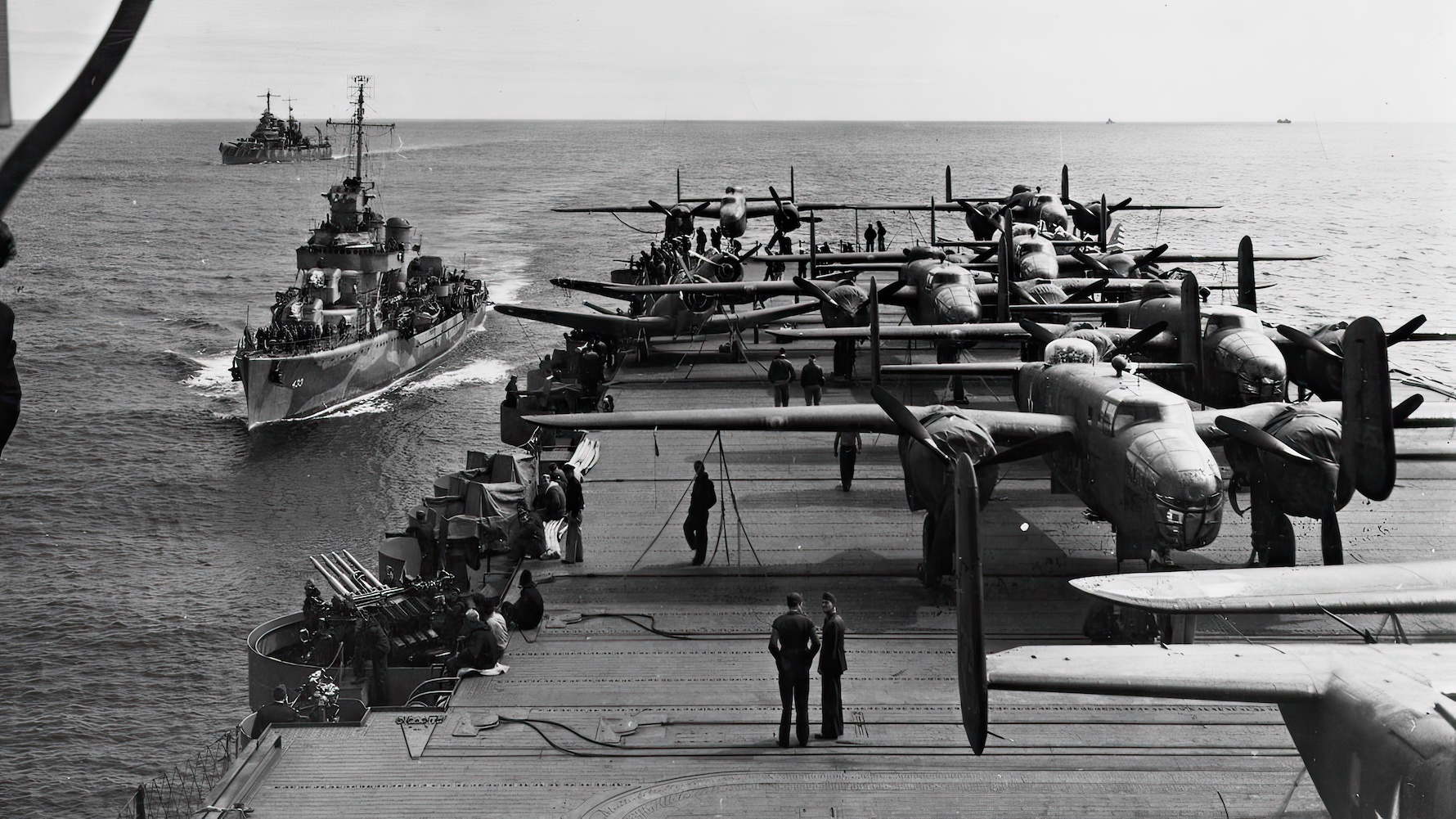
Onwards to Japan
On April 2, USS Hornet, carrying 16 B-25B Mitchell bombers, specially modified for the task, set sail toward Japan. The plan was for the bombers to get into the air several hundred miles East of Japan, bomb the designated targets on the Japanese home islands, and proceed to airfields in China. The last bit of the plan was based on the results of test flights, which showed that, while Mitchells could take off an aircraft carrier quite easily, landing them on a carrier deck was too risky.
Japanese not prepared
On April 18, 1942, Doolittle’s B-25s launched from Hornet some 650 miles east of Japan and several hours later dropped their load of incendiary and high-explosive bombs on Tokyo, Yokohama, Yokosuka, Nagoya, and Kobe. The Japanese air defenses had not been seriously prepared for any real air raid against the mainland, so Doolittle’s planes met little meaningful resistance from fighters and the anti-aircraft batteries.
No bomber was lost to enemy action in the raid. Moreover, B-25 gunners managed to shoot down several Japanese fighters. That was a success, although lots of problems awaited the American airmen after they left the Japanese islands behind them.
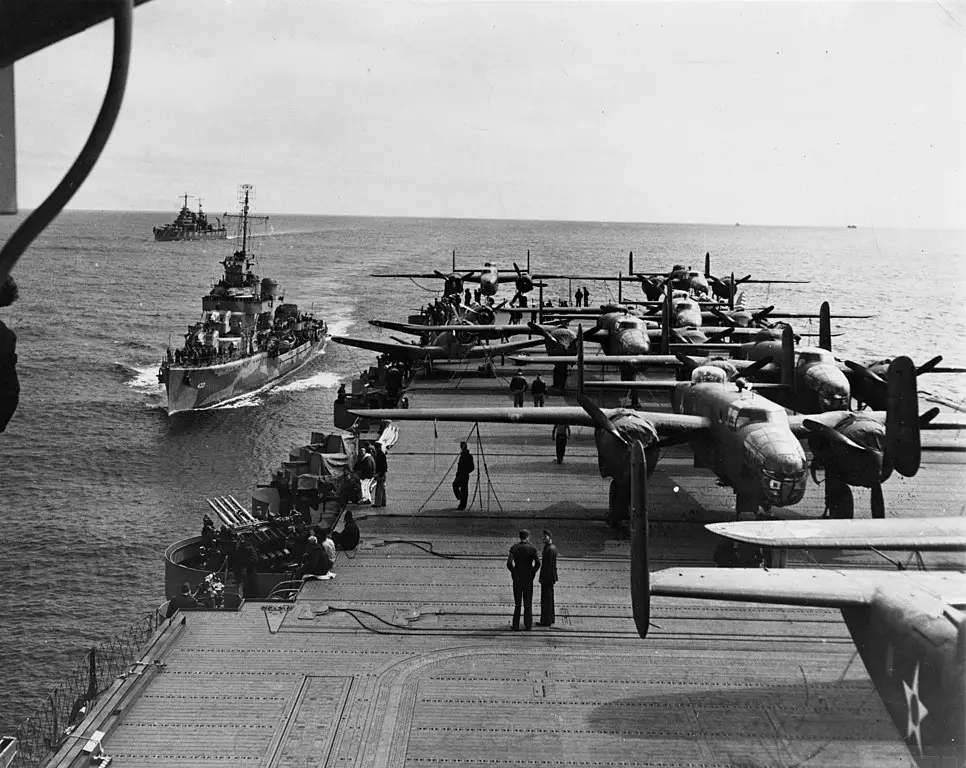
Low fuel
One out of sixteen of Doolittle’s aircraft landed in Vladivostok, USSR. That was not the plan, but the crew decided to do so as they didn’t have enough fuel left to fly to China. They were interned, in accordance with the Soviet Union’s then neutral status in the Pacific War. Other 15 crews, including Doolittle himself, landed, or, in many cases, crash-landed in China, some bailed out. Many of the survivors experienced lots of adventures before getting back home. Some were captured by the Japanese and executed, other spent years in POW camps.
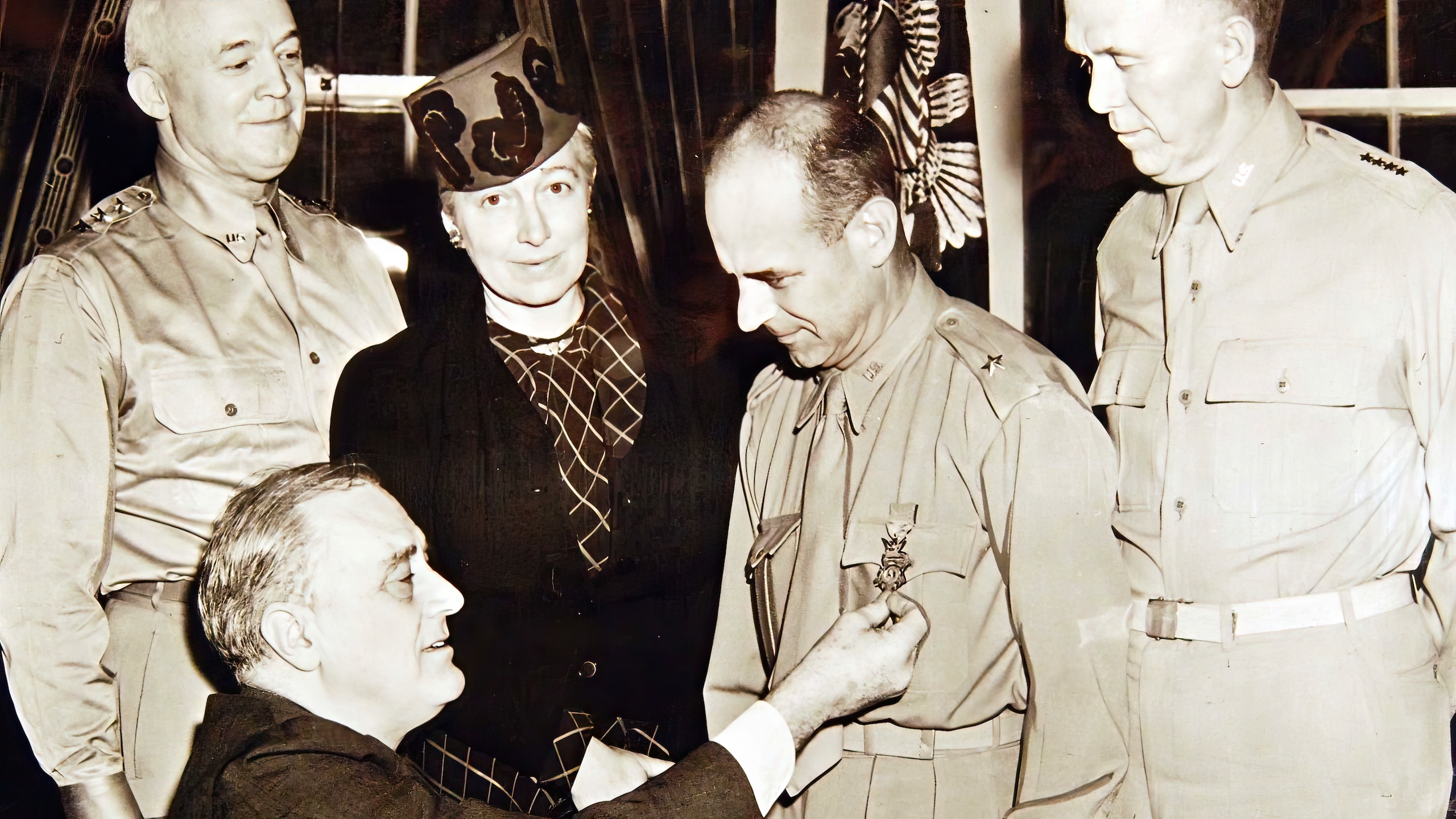
The Doolittle Raid didn’t do much damage to its targets in Japan, of course, given its limited scale, but it shattered the myth of Japan mainland’s invulnerability and provided the Americans with a morale boost they needed so much, as a long and bloody war full of hardship and challenges lay ahead of them.

